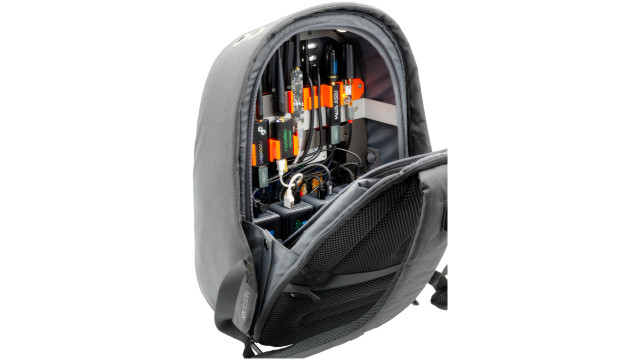The Raspberry Pi Zero has proven to be one of the most popular and sought-after versions of the Raspberry Pi since it came out in November 2015. However, many people thought it lacked one very important feature: inbuilt wireless internet. As of today, the Pi Zero lacks it no more: let us introduce you to Raspberry Pi Zero W.
The new Raspberry Pi Zero W will cost $10 and is launching in the UK, today, at £9.60 (including VAT).
Specifications
- Dimensions: 65mm × 30mm × 5mm
- SoC: Broadcom BCM2835
- CPU: ARM11 running at 1GHz
- RAM: 512MB
- Wireless: 2.4GHz 802.11n wireless LAN
- Bluetooth: Bluetooth Classic 4.1 and Bluetooth LE
- Power: 5V, supplied via micro USB connector
- Video & Audio: 1080P HD video & stereo audio via mini-HDMI connector
- Storage: MicroSD card
- Output: Micro USB
- GPIO: 40-pin GPIO, unpopulated
- Pins: Run mode, unpopulated; RCA composite, unpopulated
- Camera Serial Interface (CSI)

It's almost identical to the previous Raspberry Pi Zero v1.3 (the one that added the camera connector) - importantly, all the chips and components are still only on the top side of the board.
Wireless antenna
While the radio chip on the Raspberry Pi Zero W is the same as the one on the Raspberry Pi 3, the antenna is completely different. Instead of a little white chip that contains it, the antenna on the Pi Zero W is printed into the board.

We spoke to Roger Thornton, principal hardware engineer, about the new antenna:
“The Raspberry Pi 3 antenna is a surface-mount component,” explains Roger, “whereas the Zero W antenna is a resonant cavity which is formed by etching away copper on each layer of the PCB structure.”
The technology is licensed from a Swedish company called Proant (you can see the credit on the reverse of the Zero W board).
“They’re very clever boffins,” says Roger. “It’s a really neat design.”
The triangle recession in the board is known as the ground plane. This free space is used to interact with the radio waves. They resonate in this cavity at just the right frequency. The two components at the small side, right up by the board, are a couple of capacitors which capture the radio signal.
Get a Raspberry Pi Zero W
It all sounds amazing but where can you get one? Well, in a lot of places. Here's a list.
UK, Ireland
 |
 |
 |
United States
 |
 |
 |
Canada
 |
Germany, Austria, Switzerland
 |
France, Spain, Italy, Portugal
Netherlands, Belgium, Luxembourg
 |
Turkey
 |
Global
 |
 |
 |
 |
Don't forget to check out issue 55 of The MagPi for much more on Raspberry Pi Zero W!
Subscribe and never miss an issue
Get a a brand new Raspberry Pi Zero W, a case for it, and a selection of adapter cables with a twelve-month print subscription to The MagPi!










